View all Standards for British Columbia, Canada
use set criteria to assess and evaluate the work of self and others
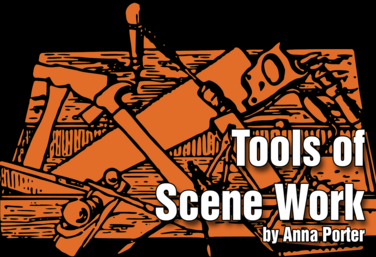
Tools of Scene Work
by Anna Porter
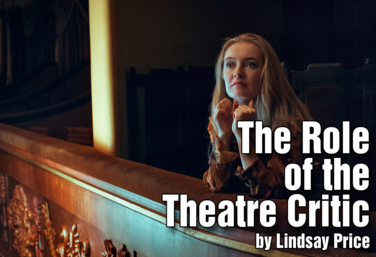
The Role of the Theatre Critic
by Lindsay Price
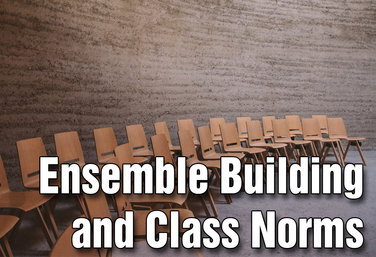
Part of the Middle School Curriculum
Unit One: Ensemble Building and Class Norms
by Lindsay Johnson
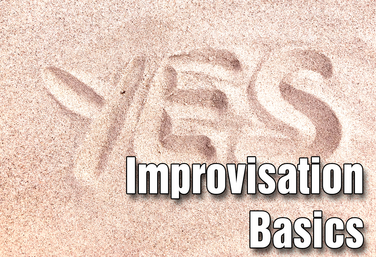
Part of the Middle School Curriculum
Unit Two: Improvisation Basics
by Lindsay Johnson
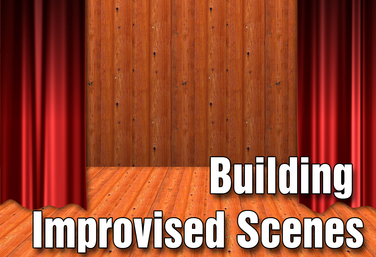
Part of the Middle School Curriculum
Unit Three: Building Improvised Scenes
by Lindsay Johnson
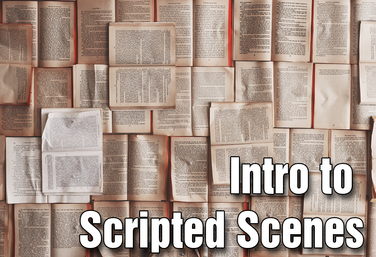
Part of the Middle School Curriculum
Unit Four: Intro to Scripted Scenes
by Lindsay Johnson

Part of the Stagecraft Without a Theatre Curriculum
Props
by Karen Loftus and Kerry Hishon

Part of the Stagecraft Without a Theatre Curriculum
Lighting
by Karen Loftus, Josh Hatt, and Kerry Hishon

Part of the Stagecraft Without a Theatre Curriculum
Sound
by Karen Loftus and Josh Hatt

Creating Your Own Musical
by Laramie Dean
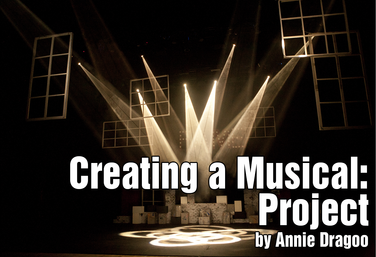
Creating a Musical: Project
by Annie Dragoo
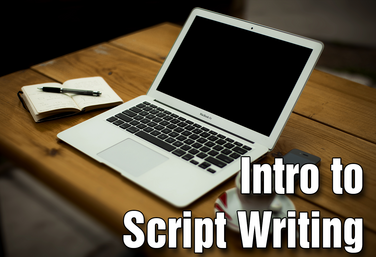
Part of the Middle School Curriculum
Unit Five: Intro to Script Writing
by Lindsay Johnson
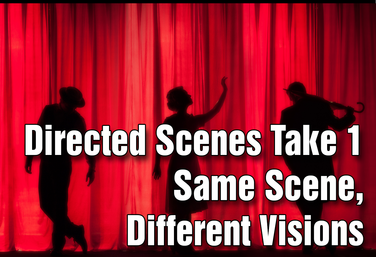
Part of the Middle School Curriculum
Unit Six: Directed Scenes Take 1: Same Scene, Different Visions
by Lindsay Johnson
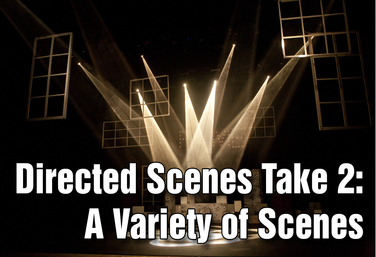
Part of the Middle School Curriculum
Unit Seven: Directed Scenes Take 2: A Variety of Scenes
by Lindsay Johnson

Pre-Lighting Design
by Kerry Hishon
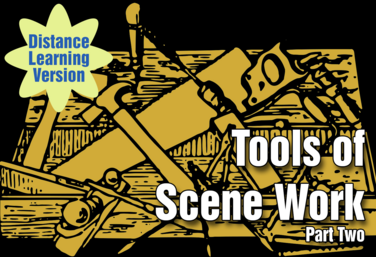
Part of the Distance Learning Curriculum
Scene Work: Part 2, Student Self Staging
by Lindsay Price

Part of the Distance Learning Curriculum
Scene Work: Part 1, Tools of Scene Work
by Lindsay Price

The Dilemma Project
by Claire Broome
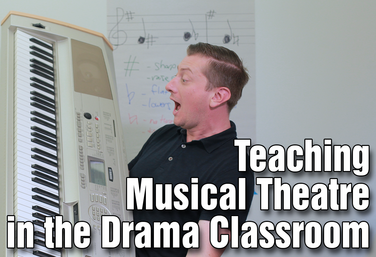
Teaching Musical Theatre in the Drama Classroom
by Colin Oliver
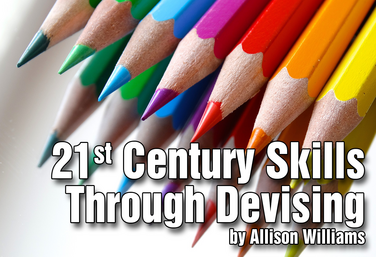
21st Century Skills Through Devising
by Allison Williams
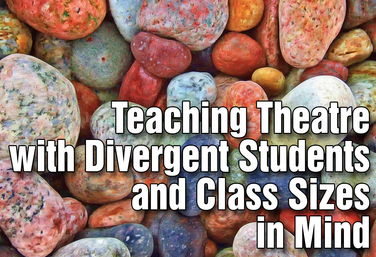
Teaching Theatre with Divergent Students and Class Sizes in Mind
by Steven Stack
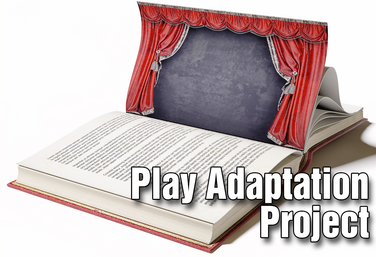
Play Adaptation Project
by Lindsay Price

The Dilemma Project
by Claire Broome
View all Standards for British Columbia, Canada Standards Master List